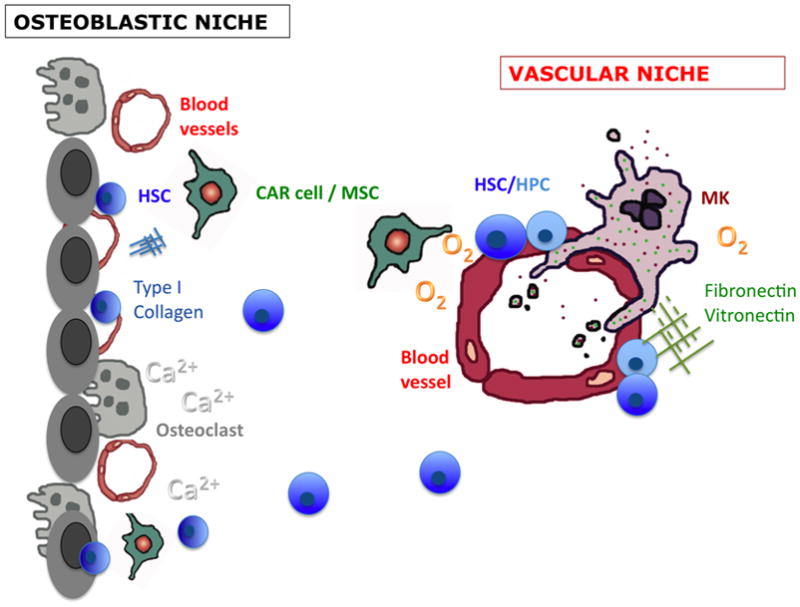Figure 1. Cells, matrix factors and metabolic constituents contributing to osteoblastic and vascular bone marrow niches.

The osteoblastic niche. Osteoblasts and osteoclasts secrete numerous factors that regulate haematopoietic stem cells (HSCs; dark blue). Bone resorption releases calcium ions (Ca2+) influencing HSCs through the Ca2+-sensing receptor. The endosteal surface is also heavily invested with blood vessels. Vascular and perivascular cells, such as CXCL12 (SDF1)-producing reticular cells (CAR) and mesenchymal stem cells (MSCs) are also thought to contribute to HSC niches at the endosteum. The relative hypoxia and abundance of Type I collagen inhibit proplatelet formation by megakaryocytes.
The vascular niche. Perivascular sites maintain HSCs and haematopoietic progenitor cells (HPCs; lighter blue) in the bone marrow and in extramedullary sites including spleen, liver and the placenta. A wide variety of vascular and perivascular cells are likely to contribute to vascular niches, including endothelial cells, CAR cells/MSCs and possibly megakaryocytes. Matrix factors fibronectin, vitronectin and Type III and IV collagen are found around blood vessels, which enhance megakaryocyte development and function.
